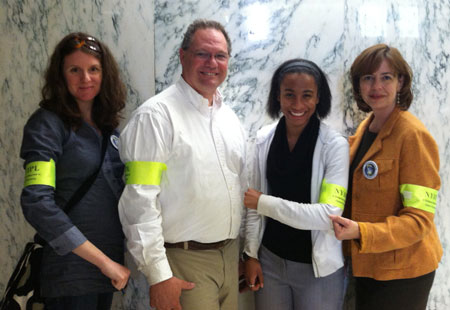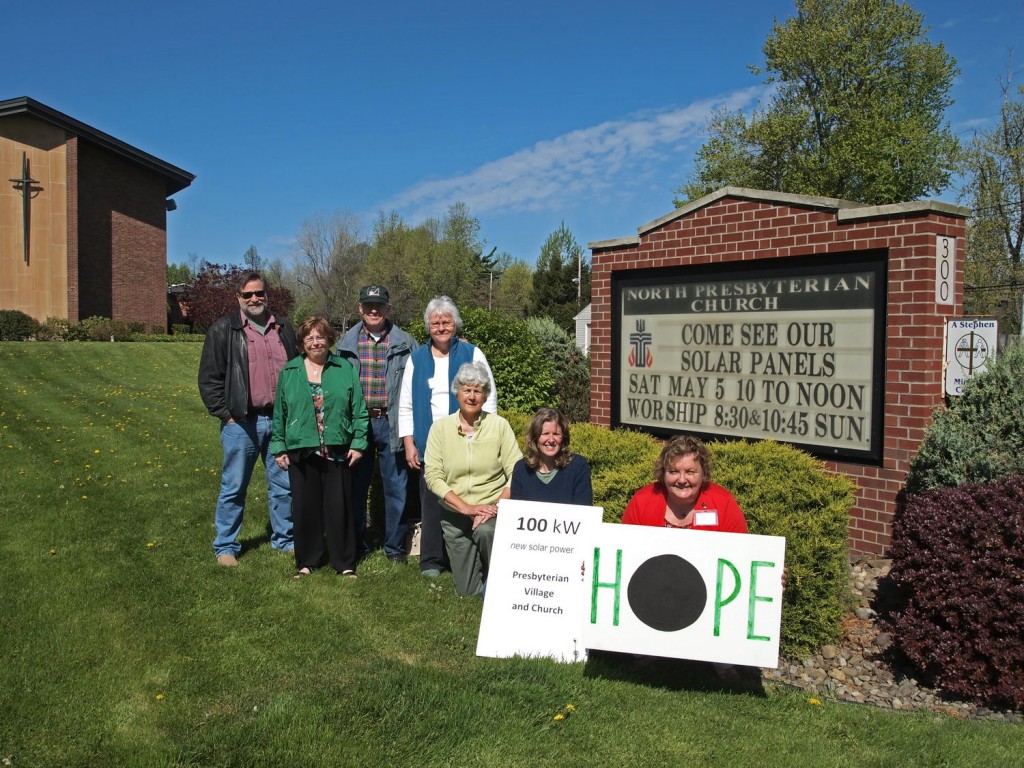July, 2010
Statement: New York Interfaith Power and Light urges the EPA to use the Precautionary Principle in a scientifically sound comprehensive study of the process and impacts of hydrofracking.
NYIPL has serious concerns about the safety of hydraulic fracturing (“fracking”). Each drill injects 50,000 to eight million gallons of water mixed with sand and chemical additives into a geologic formation below the surface of the earth. The drilling industry has resisted revealing exactly what chemicals are used in the fluid. The high pressure creates fracturing in the rock which then releases the natural gas into the well. According to Environmental Advocates of New York (eany.org), more than 1,400 cases of water contamination related to drilling have occurred across the country. Recently the University of Buffalo has discovered that the process may cause uranium that is naturally trapped within Marcellus shale to be released.
NYIPL questions the use of precious resources to mine yet another fossil fuel, especially one with such potential dangers, and urges that no expansion of this practice should occur until such concerns are resolved.
NYIPL: New York Interfaith Power & Light is a faith-based non-profit organization that serves the state of New York. Our mission is to support congregations of all faiths in their actions to curb global warming and protect the sacredness of the earth. We currently have 79 member congregations, and regularly communicate with 900 people via our email list.
We are part of a national network of congregations of all faiths concerned about the effects of global warming and power plant pollution.
Summary: The precautionary principle states that if a practice, such as hydraulic fracturing, has a suspected risk of causing harm to the public or to the environment, that the burden of proof that it is not harmful falls on those promoting the practice. In this case that would be those entities promoting hydraulic fracturing.
There are substantial potential risks to hydraulic fracturing. The concerns about possible water and air pollution caused by hydrofracking in the Marcellus Shale layer are well-documented.
Because the process was given an exemption from U.S. federal air and clean water regulations in 2005, we as a country have not done enough to formally assess the potential risks of hydrofracking.
We should not go forward with this process operating out of ignorance. There are so many people who would be affected if drinking water were contaminated that it would be negligent to fail to study potential risks thoroughly. Furthermore, little is known about the effects of this process on health of people near drilling sites, or on the local biota–including the eventual disposal of the waste water that returns to the surface.
Our earth is sacred, and all that live in it. NYIPL calls on the EPA, along with our whole community, to care for God’s creation by exercising the precautionary principle in relation to hydraulic fracturing.
Contact: Janna Stieg Watkins, NYIPL Executive Director (315) 256-0078






